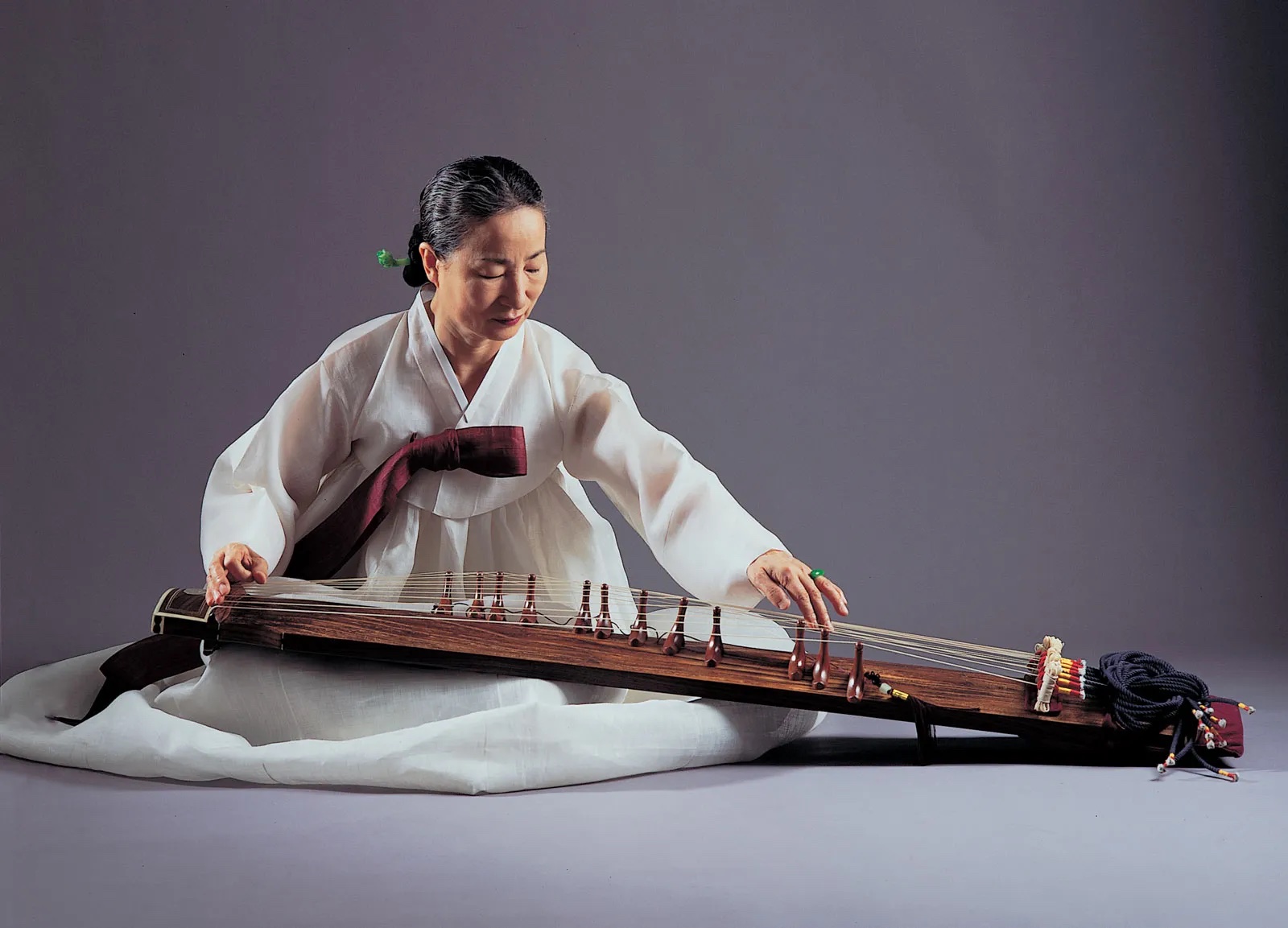
Week 4 – Experiencing South Korea’s rich musical traditions
In my fourth week in Seoul, South Korea I had the chance to attend a gayageum sanjo concert. A gayageum is a traditional Korean instrument. It is a 12-string plucked zither. In case you don’t know what that is you can see the photo below (image provided by: https://www.britannica.com/art/kayagum)! I also had no idea what that was…
A sanjo is a type of music. It is a style of music in which only a single instrument is played accompanied by a type of Korean traditional drum. It is made up for three instrumental movements: slow, moderate, and fast tempo. A single song lasts for approximately an hour, so the performance lasts for only a single song.
I am taking a Korean Traditional Music and Culture class. In the class we learn about Korean traditional instruments and music. As part of the class, we are required to go to a traditional music concert. My professor was nice enough to find an opportunity for us to attend a concert for free at the National Gugak Center.
Although it was hard after a long day of classes to listen to a long concert of slow-paced music, I really enjoyed the experience. One of the most interesting and surprising parts of the concert was all of the calling out that happened during the performance. It is a tradition in Korea that during a performance, I assume only for traditional music, that the audience calls out to the musician as they play. They call out in Korean things like “good” and “mmmm”. At first it startled me, but then it became a nice way of refocusing my mind on the music. I believe I enjoyed the experience even more because of the audience participation.
I am glad I decided to take this course because I wouldn’t have had this opportunity otherwise.
